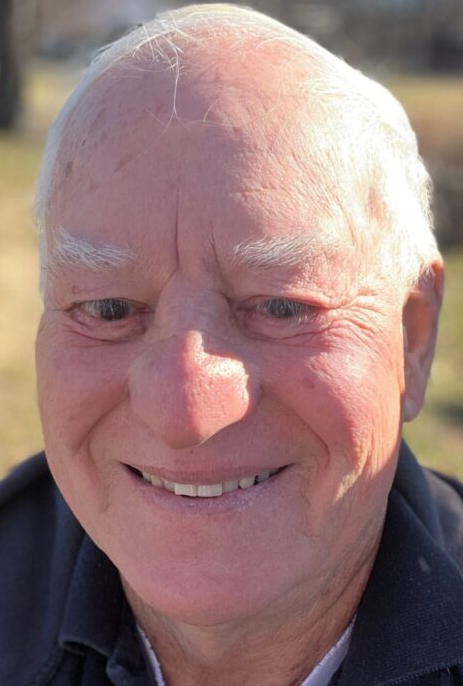Issac Jacobs bought 160 acres of Missouri open prairie in 1857 for twelve and a half cents an acre from the United States Federal Government in anticipation of the proposed railroad lines being developed by the Union Pacific Railroad to connect the east and west coasts by rail. In 1858 he petitioned the State of Missouri for a railroad depot to be located in the hamlet of Holden, Missouri. Thirty city lots were sold at $25.00 each in hopes that the development of the proposed depot and railyard could be accomplished. The railroad corridor between St. Louis and Kansas City began and very shortly afterward but the Civil War broke out stopping work on the railroad lines construction.
Holden was officially founded in 1858 and soon began to build an infrastructure and develop the town’s core. Holden had received notification that the railroad corridor would include Holden as a full-scale operational center for the railroad to include sites for the delivery of track, maintenance for equipment that was being brought in, as well as skilled workers for every aspect of being a railroad center.
Plans for the completion of the final connection were set aside because of Confederate States Army General Sterling Price’s raid through Missouri in the fall of 1864. The booming construction labor force in Holden had been run off, and the work west of Warrensburg, attempting to connect with the completed line from Independence Missouri and Kansas City were suspended. Price ordered his Confederate troops to destroy every bridge west of Jefferson City. The population of Holden was reduced to about 100 people. Destruction by both the Northern and Southern sympathizers left the town with few major structures still standing.
Later in the 1860s, the War had ended and work resumed to complete the rail line. As the tracks passed through Holden, a building boom began. Holden became the logistical backbone to provide the core of the operation, employing over a 100 railroad Section Hands who were charged with ensuring the completion of the line between St. Louis and Kansas City by building and maintain rails and bridges for 400 miles to the east and provide the same services for the 100 miles to the west toward Kansas City. The attendant machine shops, water tanks, piles of coal and sand sprang up rapidly. Coal mining provided the locomotives, factories, stores and homes with fuel as did the lumber industry in the Missouri Ozarks by providing the timber for cross ties and smaller bridges.
In the 1870’s, encouraged greatly by a gift of $70,000 possibly raised by local merchants and farmers to the railroad companies, the construction of an extension line began. The gift extended the railroad system from Paola, KS to Holden. Holden was the hub because of the existing Roundhouse sending the train back to the West. About 25 years later, MK&T expanded the line southwest to Windsor, MO to connect their East and West railroad lines.
By the 1880s, Holden had become an industrial and commercial center supported by an increasing number of side tracks and switches to access elevators, mills, meat packers, stock yards and other businesses that were opened to provide services for the workers and their families. Travelers and new residents were surely amazed by all of the tracks and activity.
These were the days before railway dining and refrigerated cars and Holden rose to the challenge. Both east and west bound trains stopped in Holden. Passengers could get off the trains and eat breakfast or their evening meal before continuing to their destinations. The icehouse provided large blocks of ice to keep perishable freight cold. The Talmage House Hotel, located between the Missouri Pacific and MK&T railroad tracks had a large kitchen and dining room conveniently located near both depots and fed a multitude of hungry travelers. Another dining establishment was located on the site now occupied by the Holden Image newspaper office.
If you can remember the opening scene from the television show “Rawhide” with cattle driven down Ohio Street in Sedalia, MO, you might visualize similar occurrences in Holden as livestock were gathered at the local stockyard for transport to Kansas City. If you can, I suggest a trip to the Sedalia Train Depot and Museum to learn more!
-30-

